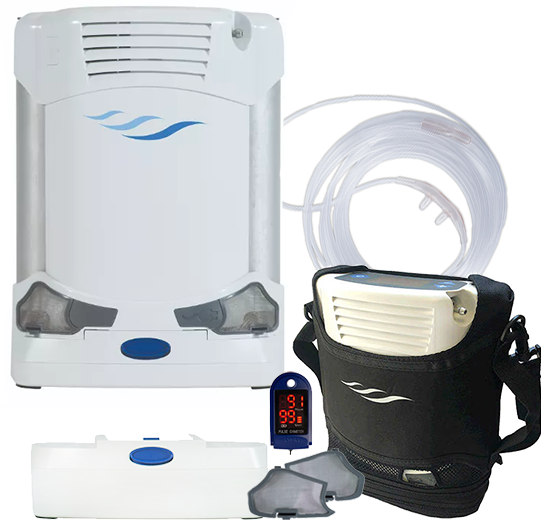Not known Details About Oxygen Tanks
Wiki Article
The 2-Minute Rule for Oxygen Tanks
Table of ContentsAll About Oxygen TanksThe Facts About Oxygen Tanks UncoveredThe Basic Principles Of Oxygen Tanks An Unbiased View of Oxygen TanksOur Oxygen Tanks StatementsSome Of Oxygen Tanks
is a sort of gas that is produced and also made use of to produce a range of products. Manufacturing, welding, and also cleansing are all examples of these kinds of activities. Clinical oxygen is utilized for certain purposes, whereas industrial oxygen is used for a selection of objectives. People who are incapable to give their very own oxygen will gain from oxygen treatment - oxygen tanks.We breathe in oxygen, which is a gas in the air. People with breathing conditions, on the other hand, may not have the ability to get sufficient oxygen by themselves. They might also require oxygen treatment or supplementary oxygen if they need it. Oxygen treatment has actually been revealed to boost power levels along with sleep for a number of people.
You can gain accessibility to the oxygen you call for by using a CPAP maker. What are the threats of not providing oxygen to a person?
Not known Details About Oxygen Tanks
If you have any concerns, provide us a telephone call. We also have ready-to-go-systems so you don't need to fret about your gadgets not attaching. For integrated systems to attach to an EDS system, an inline, reducing regulator is required. This links to the onboard oxygen supply and also decreases the stress to ensure that it meets the pressure requirements of the EDS.Obtain the most up to date regulative information, accreditation information as well as special discount rates!
Putting clients on oxygen is among the easiest as well as most effective interventions used to maintain a huge variety of clinical problems. This section will certainly review the various tools utilized to provide and transport oxygen and just how you could select one over the other based upon individual presentation. Portable oxygen cyndrical tubes are one of the most typical kind of oxygen readily available in the field.
Indicators on Oxygen Tanks You Should Know
The oxygen cyndrical tubes developed for clinical use are made to allow just medical-grade regulators to be affixed-- as well as just in one setup. The impressions on the cylinder pair up with pins on the regulator as well as allow for smooth and limited connection when safeguarded to the cylinder To link a regulatory authority to a cylinder; If existing, remove the plastic cap on the cyndrical tube.Line up the pins as well as impressions present on the cyndrical tube and regulator. Safeguard the screw mechanism on the regulator till it is limited and there is no motion in between the regulatory authority as well as cyndrical tube. Make certain the regulatory authority is in the off setting, take the oxygen-cylinder wrench as well as transform the cyndrical tube on, then rapidly transform it back off.
If no running away air is observed, turn the cylinder back on as well as check the regulatory authority by transforming it to a selected circulation price. The stress indicator on the regulator reveals the internal pressure of the oxygen cylinder. Always make certain to protect constructed oxygen cyndrical tubes whatsoever times and do not leave them unsupported in upright settings where they can fall.
Everything about Oxygen Tanks
Oxygen is very combustible as well as ought to never be made use of or kept near an open flame. The main oxygen distribution gadgets that you will encounter are the,, and also.The NC should be put on the patient with the prongs curving up right into the nares, the Look At This tubes wrapped over the patient's ears (or safeguarded to the tubes owners on a C-collar), and afterwards tightened as much as the chin with the moving mechanism. Make sure to attach the various other end of the tubing to the oxygen regulatory authority as well as set the wanted flow rate.

The Only Guide for Oxygen Tanks
They have the advantage of delivering virtually 100% Fi, O2; this is often lower due to the variable fit of the mask on the person's face. To position an NRB on a person, initially, link the tubes to the oxygen regulator and show up the circulation to the preferred rate (at a minimum of 10 LPM)..JPG?v=1472676136457)
This is a way of producing an intermediate distribution method in between the NRB and the nasal cannula in ambulances that do not bring facemasks alone. The signs and contraindications are otherwise the like for NRB masks, as are the difficulties. The procedure for positioning a partial NRB coincides as the placement of an NRB, with the elimination of one of the internal flaps which permits exhalation of expired CO2.
About Oxygen Tanks
Next, get rid of one of the straps from the mask as well as safeguard it around the posterior neck of the individual connecting it back sideways it belongs. Place the mask over the airway as well as secure the mask snuggly to the individual. Tracheostomy masks are consider this the very same thing as an NRB just for people who have a tracheostomy-- as well as are shown in individuals with a tracheostomy who call for this article additional oxygen.Safeguard the band around the individual's posterior neck as well as reconnect to the other side of the mask. Connect the opposite end of the tubes to the oxygen regulator.
Report this wiki page